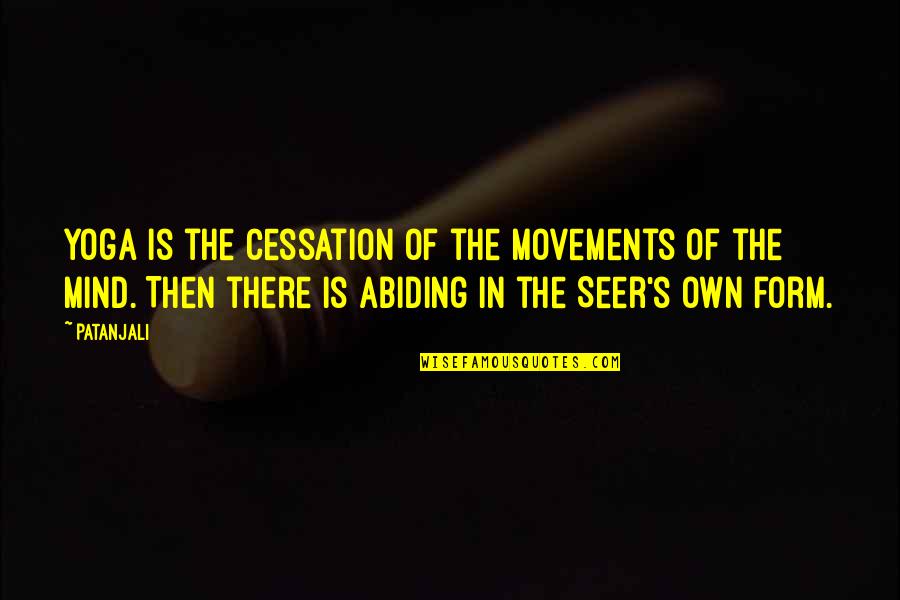As I haven't written about Patanjali for a while, I thought that it was time to readdress his work. I assume that this being was a he, but I don't know that anyone can truly be definite about it.
Who is Patanjali?
Patanjali was a great being, the exact era and time that he was from, varies depending on whomsoever has decided that they know.
He was very clear what yoga is and is not. And starts his treatise, which is known today as 'Patanjali's Sutras', from this stance. He continues through four 'chapters'.

Clearly Patanjali was someone who was very familiar with the inner realms, and exactly what does and doesn't happen. When I was first initiated, someone much further along the Path than I, Swami Nityananda (from the Satyananda group), said that Patanjali's Sutras were a great way to find out where one is 'at', on one's Path. I have found this to be so true.
He systematised and explained the whole spectrum of yoga. The inner meditation journey of yoga. The steps, the obstacles, the benefits, the stages of enlightenment. Everything for the sincere seeker.
The process being, in this order:
- yamas: these we could simply call ethics. There are five, and it truly helps us not only on the inner journey, but in our whole life, to embrace them as aids for not only meditation, but also for contentment and inner peace. They are, in simplified language: non-violence; truthfulness; non-stealing; not letting your vital essence be squandered, and this is often translated as celibacy, but in reality there is more to this yama than what we realise; don't be greedy.
- niyamas: there are five also, and these are things to do, and be. To be honest, I do believe that the niyamas evolve from living an ethical life: cleanliness (of body and the rest of oneself); contentment; inner purification; knowing oneself; surrender.
- asana: basically being able to sit for meditation. However, this has been embellished upon in modern yoga. Which I think is fine. It is impossible to be able to sit for meditation if the body shakes, twitches, or is sick. Very deep meditation, which Patanjali's Sutras are about, actually is easiest to do when our body is healthy and strong, so that energy can move freely within us. The whole spectrum of yoga asanas are excellent for this.
- pranayama: the accumulation and storage of life-force. On all levels of our being. Accessing the Inner Realms depends on ever increasing levels of prana (life force), and that prana being able to move within us. The main method of increasing these levels, is through the yoga breathing practices, called pranayama. There are two major pranayamas which are, in my experience, the best for accessing the hidden inner worlds of our being, and providing energy for the meditation journey. What many don't realise, is that meditation requires fuel: oxygen (from pranayama) and glucose. These days, I just have to do a tiny bit of pranayama, and I do mean a tiny bit, for my whole being to suddenly be in a state of deep meditation. It wasn't always like this. But it did happen.
- pratyahara: sensory withdrawal. It is a natural process that sensory withdrawal occurs when we slip into deep meditation. We are in the inner realms with our innermost being. Again, there are many techniques for this step, however, I would recommend using one only, over and over, until you only need to do it briefly to get into the state of pratyahara. You might need to try a few until you find one which resonates with you.
- dharana: concentration. These are so many concentration techniques in yoga, ranging from simple to very esoteric. For quite some time, this is what we do as 'meditation', and it does indeed take us to the inner state of meditation.
- dhyana: this is the state of meditation. Aside from our daily meditations, or how ever often one practices it, as a concentration practice, true dhyana is where one lives in, or frequently lives in, this state of being. Our dharana practices are the means, initially, to get there.
- samadhi: usually referred to as enlightenment. There are differing stages of samadhi, and one progresses along these stages, as one's nervous system becomes more and more able to handle these highly energised states.
Please add any comments, life is a process of learning, and discovering, and all perceptions are valid.

Comments
Post a Comment
You can leave comments here - comments are moderated for the time being.